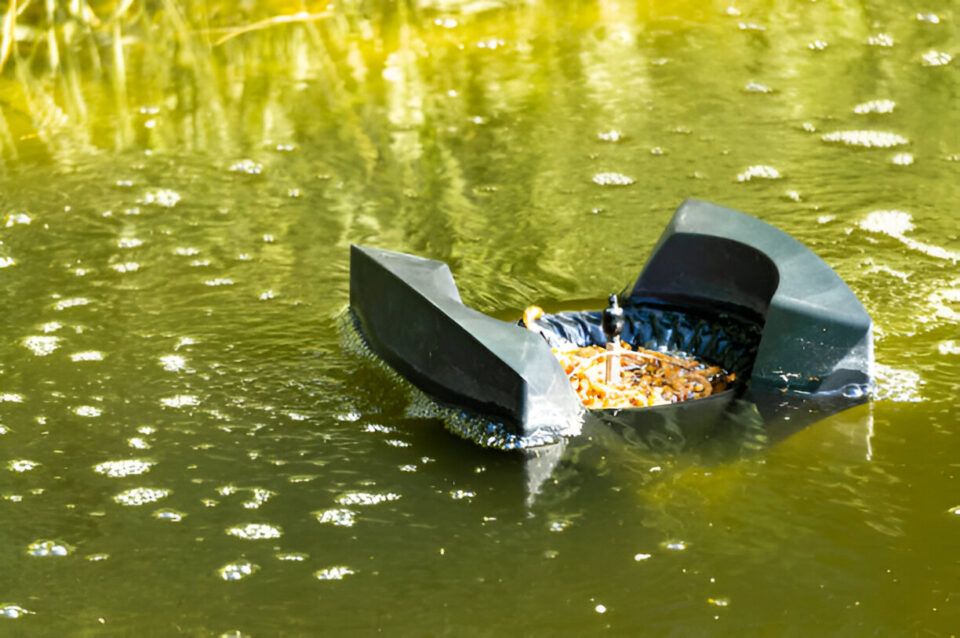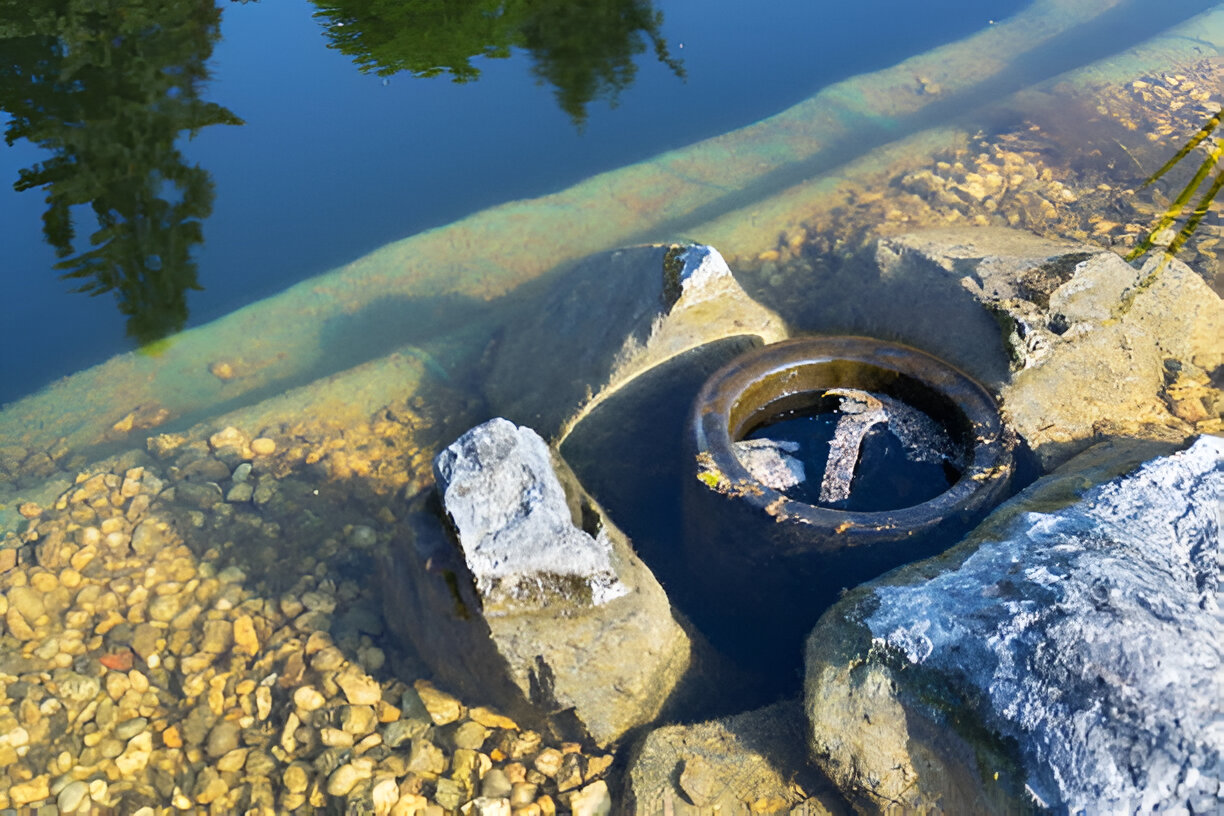A clean and healthy pond depends on using the appropriate filter and the media you place in it. Whatever your budget, combining your filter and mineralizer gives you sparkling water and an ecosystem that stays in balance.
That Pond Guy, a dependable pond specialist servicing Kent and London, always suggests pond owners to use reliable systems that last long and deliver excellent result. Oase Pond filters is one of their top recommendations for consistent performance across various pond sizes.
Three Different Kinds of Pond Filter Media
The function of pond filters primarily depends on using mechanical, biological, and chemical media. With mechanical filtration, things like dirt and algae are removed, biological filtration removes dangerous toxins, and chemical filtration polishes the water by taking out impurities.
The healthiest water in pond setups results from a broader mix of these techniques.
1. Mechanical Media – The First Line of Defence
To stop pollution, mechanical filter media prevents solid waste such as leaves, fish waste, and uneaten food from spoiling in the tank. You can use sponges, filter foam, or floss because they work by filtering particles as the stream moves through.
Drum filters make it even easier because their mesh automatically cleans itself by flushing away collected dirt. Even so, you must regularly clean sponges and filter wool, requiring more attention than an automated drum filter.
2. Biological Media – The Hidden Heroes
Beneficial bacteria in the filter ecosystem change toxic fish ammonia into nitrates that are not as harmful to the fish. Bacteria can only attach to solid materials with tiny holes, so media with many small openings is most effective for them.
Sponges can also serve a dual role, acting as both mechanical and biological filters in simpler setups. Washing biological media under the tap is not advised since it removes the vital bacteria. Rather, a gentle rinse in pond water maintains their work while protecting the ecosystem.
3. Chemical Media – The Finishing Touch
While not always necessary, chemical media can tackle specific water issues. Carbon helps fade bad odours and tannins, zeolite can catch extra ammonia in a crisis, and phosphate removers assist in handling algae.
Chemical filters are not durable and must be replaced about every few weeks to a month when they are fully used. They should be used with mechanical and biological filters, not on their own.
Choosing the Best Combination for Your Pond
The ideal setup pairs mechanical and biological media, with chemical media added only when needed. A drum filter handles heavy debris, while bio-media ensures harmful toxins are broken down naturally.
For those using Oase Pond filters, That Pond Guy suggests combining high-quality sponges with ceramic bio-media for balanced filtration. Larger ponds or heavily stocked koi ponds may benefit from additional UV clarifiers to control algae, but the foundation remains strong mechanical and biological filtration.
Final Thoughts
Selecting the best filter media provides a clean and balanced environment for your pond. Using mechanical, biological, and chemical filters together helps keep the water clean with minimal work. Consistent care maintains a healthy ecosystem long-term, no matter your setup.


